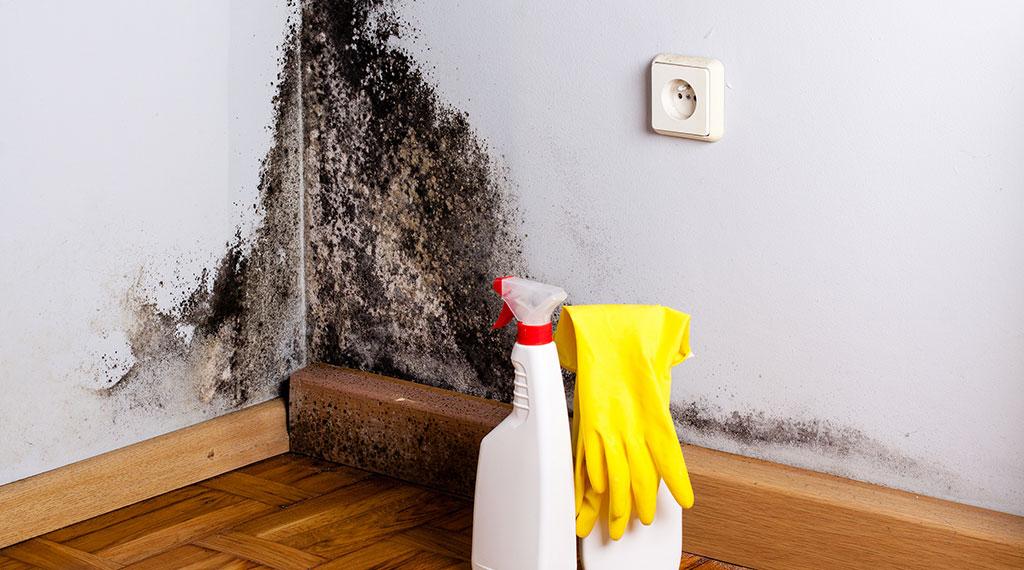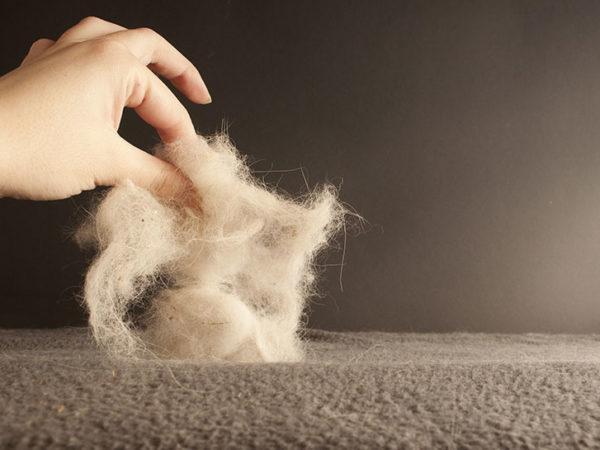
At Chelsea Cleaning, we can help rid your home of the mouldy smell that so often follows a damp Cape winter by professionally cleaning your curtains, mattresses, carpets and rugs – all of which can harbour mould spores.
However, we don’t handle mould on household ceilings or walls, or treat extensive household mould.
We’ve received some queries about this, so in case it’s of help, we’ve compiled a simple DIY guide to removing surface mould in the home.
Removing mould
The process for removing surface mould and mildew is straightforward. However, it’s worth noting that where mould has already eaten into or corroded a material, the damage may be irreversible.
Protect yourself
Because exposure to mould spores can cause a number of health problems, it’s important to protect yourself.
When treating mould in the home, follow these safety guidelines:
- open windows and turn on a fan to ensure adequate ventilation – this can help reduce the concentration of mould spores in the air and disperse bleach fumes
- wear gloves, goggles and a simple mask
- wear pants and a long-sleeved top.
Never try to treat mould yourself if you’ve experienced severe allergic reactions to mould in the past, or if the mould appears to be caused by sewerage. It’s also best not to attempt treating a really heavy or extensive infestation. In those cases, rather call a professional.
Remove soft furnishings and then vacuum
Before you start treating surfaces, remove fabrics, clothes, rugs and other soft furnishings. If these are in the vicinity of visible mould patches, it’s fairly certain they contain mould spores.
To avoid spreading these spores around the house or reintroducing them after you’ve removed mould from walls and ceilings, it’s best to pack and seal the items in plastic bags. Then wash them yourself at high temperature and dry them thoroughly (where safe given fabric types), or have them professionally cleaned.
Once you’ve removed soft furnishings, it’s a good idea to vacuum. This will help remove at least some mould spores.
While you’re working in one room, keep the door closed or mould spores could spread to elsewhere in the home.
Clean with diluted bleach and detergent solution
To remove surface mould from plastered or tiled walls and ceilings, mix a solution that consists of:
- half a cup of bleach
- a good squirt of dishwashing liquid
- a litre of water.
Household bleach is highly effective in killing mould, and the detergent helps lift it so you can rinse it away.
Wear protective gear. Don’t overlook the goggles – especially when you’re treating mould on a ceiling, it’s not fun if bleach solution drips into your eyes!
Using a microfibre cloth or a sponge, swab the entire wall or ceiling. Even where patches of mould aren’t visible, mould spores will be present.
Leave the solution in place for 10 or so minutes, and then scrub lightly to dislodge the mould.
Note: Never work directly with undiluted bleach – liquid bleach and the fumes it releases are toxic. Also, never combine ammonia or any cleaning product that contains ammonia with bleach. Doing this creates chloramine gas, which is poisonous.
Dry thoroughly
It’s not necessary to rinse off the bleach solution, which can help prevent future mould growth. However, it’s important to dry surfaces thoroughly.
First dry off surfaces using rags. Once you’ve done this, place the rags in sealed plastic bags and then either throw them out or wash them at high temperature.
Ideally, set up a fan and leave it running for several hours to help ensure that surfaces are thoroughly dry.
As soon as you’ve finished working on the mould in one room, it’s a good idea to remove your shoes and wipe down their soles, and put your clothes straight into the wash. This is so you don’t spread mould spores elsewhere.



